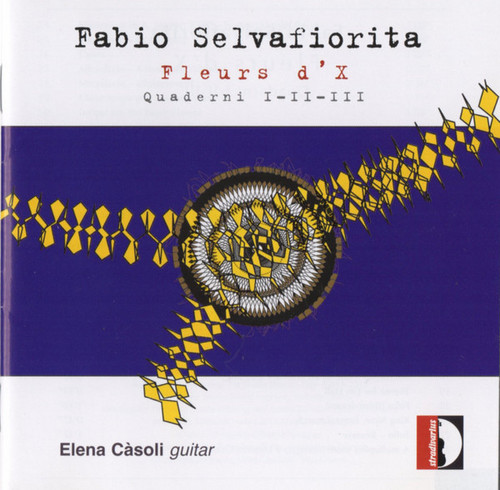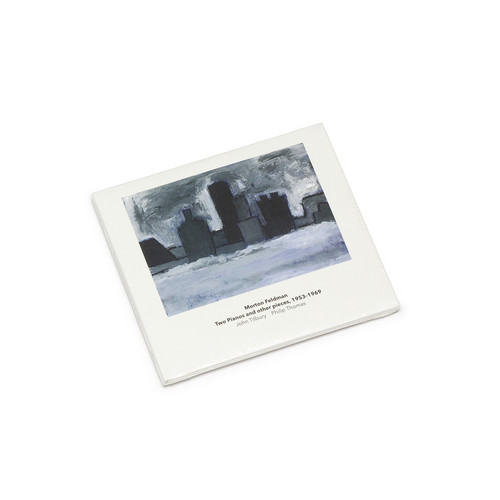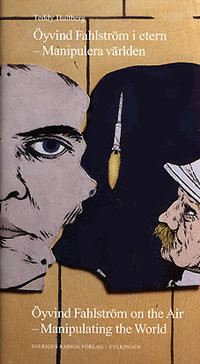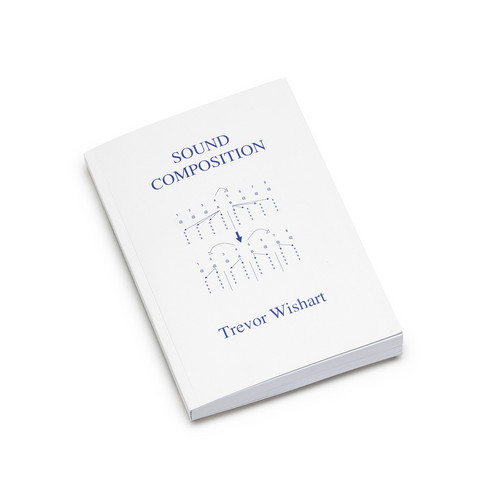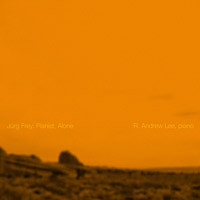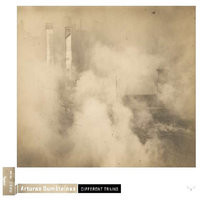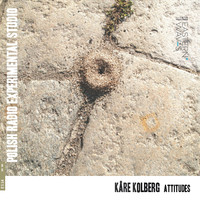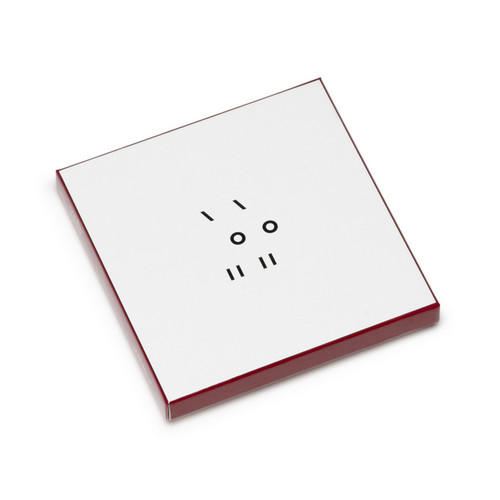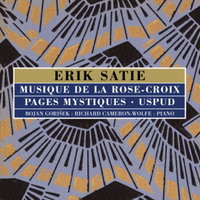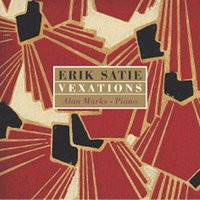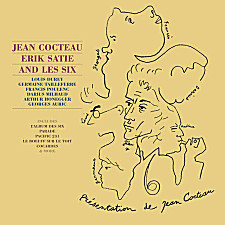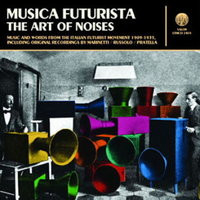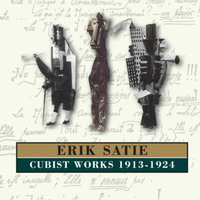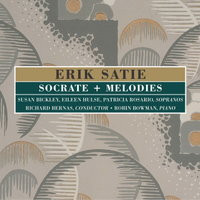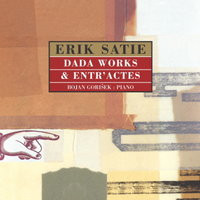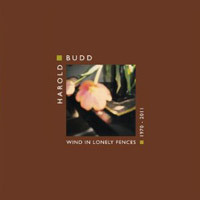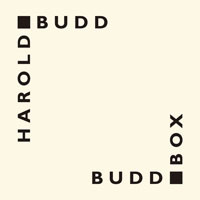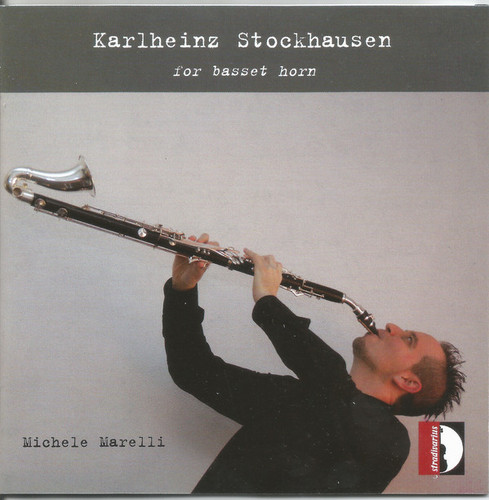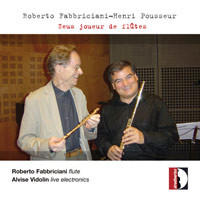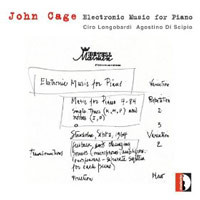Fleurs d'X
Fabio Selvafiorita is a composer known to the public of experimental music for his massive musique-concrete work Death by Water composed with Valerio Tricoli. This CD is neither musique concrete or “extreme” experimental music: it's a CD of music for solo classical guitar. Consistent to the baroque guitar literature and its short musical forms, Fleurs d'X consists of musics written for a bard of an imaginary future kingdom's court. This is the best way to imagine this astonishing collection of m…
Two pianos and other pieces, 1953-1969
Two Pianos and Other Pieces 1953-1969 collects the most experimental and beautiful works for multiple pianos from Morton Feldman’s formative years, exhuming scores rarely captured before - including “Two Pianos,” “Piece for Four Pianos,” “Piano Four Hands,” “Piano Three Hands,” and “Two Pieces for Three Pianos.” Led by pianists John Tilbury and Philip Thomas, the ensemble expands with strings, brass, and percussion, depending on the piece. This collection shines during passages of radical quietn…
Oyvind Fahlstrom on the Air - Manipulating the World
Under the motto: "Manipulate the world - take care of the world", Fahlström set up a variety of meeting-places in which participants were invited to take part in an interdiciplinary game of purposeful discovery. He introduced elements of popular culture into his work early on and made substantial contributions to a critical assessment of the "medialisation" of art. In this, the most extensive book about Öyvind Fahlström to date, Teddy Hultberg charts the artist´s predominant lines of crea…
Sound Composition
A collection of writings with 2 CDs of sound examples, based on talks presented over several years, describing in some detail the compositional approaches and working methods involved in the production of many of Trevor Wishart's musical works. Includes a discussion of sound diffusion, and diffusion scores (with worked examples) for most of the electro-acoustics works. Sound Composition is a collection of writings with accompanying sound examples detailing the composition of musical works where …
Pianist, Alone
Two fascinating pieces by Jurg Frey on this double CD, beautifully realized by Andy Lee, but fascinating for different reasons. "pianist, alone (1)" lasts for almost 90 minutes and consists of a series of discreet episodes. Will Robin's excellent notes on the site below do a far better job of describing things musicologically than I ever could, so I'll give a few other impressions. The opening chord sequence provide one of the most haunting and lovely sets of sounds I've heard in recent years. T…
Different Trains
The album is a collection of works of Arturas Bumsteinas inspired by Central European cultural landscape (soundscape). It includes radio play "Wielka improwizacja" commisioned by Bôlt Records. "Wielka improwizacja" is based on the monologue from the 3rd part of the poetic drama "Dziady (Forefather's Eve)" by Adam Mickiewicz and the archival recording of its reading done by the Polish poet Miron Biaoszewski. Most parts of this composition were recorded in and around the site of the Basilian…
Attitudes
Kåre Kolberg is a pioneer of electroacoustic music in Norway, and he was the first Norwegian composer to write a piece of computer music (in 1973). […] Kolberg’s basic ideas for electroacoustic form were shaped in his first works made in Sweden and Poland in the early 1970s, and he used a collage technique with easily recognizable elements that communicated well with audiences. Later, he extended his technique by adding a more electronic-sounding and abstract timbral palette. In Polish Ra…
Seguente
Re-release of ed. RZ LP Luigi Nono plus three remarkable recordings. All works by Luigi Nono: ("A Carlo Scarpa" for large orchestra), ("A Pierre" for contrabass flute, contrabass clarinet and live electronics), ("Guia Al Gelidi Mostri" for electronically treated winds, voices and strings). Plus an additional CD of compositions not on the original LP: "Caminantes" and "No hay caminos, hay que caminar." Regarding Nono's concept of "new listenings": "This no longer means revolutionizing the e…
Musique de la Rose + Croix / Pages Mystiques/ Uspud
Musique de la Rose + Croix is a double disc set of solo piano music collecting Satie's enigmatic Rosicrucian pieces (1891-1894), together with an instrumental version of his ballet score Uspud (1892) and the meditative works collected as Pages Mystiques (1893).
For a short period Erik Satie was appointed official composer for the esoteric Ordre de la Rose-Croix Catholique du Temple et du Graal, founded in Paris by the flamboyant mystic 'Sar' Joséphin Péladan. The first Salon de la Rose-Croi…
Vexations
Written by eccentric French composer Erik Satie in 1893, the extraordinary score for Vexations is just three lines long, yet a complete performance (840 repetitions) may last for anything between 14 and 28 hours. First performed by John Cage in 1963, this enigmatic, surreal work is today recognized as a musical milestone in the avant-garde canon.
This meditative 69 minute recording features 40 repetitions of the motif, performed by Alan Marks on piano in 1987.
Cocteau, Satie & Les Six
The celebrated L'Album des Six of 1920 may represent only a small landmark in 20th century modern music. Nevertheless the artful relationship between the young French composers of 'Les Six' and their mentors Erik Satie and Jean Cocteau forms an important cornerstone of the inter-war avant-garde.
As well as the L'Album des Six, this generous 74 minute anthology also includes music composed by Satie and Les Six for spectacles staged by Cocteau between 1917 and 1920, as well as Arthur Honegger…
Musica Futurista (The Art Of Noises)
Musica Futurista is a comprehensive collection of music and spoken word from the Italian Futurist movement 1909-1935, including original recordings made by Filipo Tommaso Marinetti and Luigi Russolo. As well as vintage free-verse readings by Futurist founder Marinetti, this popular primer includes recordings of the celebrated intonarumori (noise intoners) devised by Russolo, including a fragment from his lost landmark work The Awakening of a City.
As well as restored archive recordings, the …
Cubist Works 1913-1924
Cubist Works presents four works composed by Erik Satie between 1913 and 1924 for his collaborations with Pablo Picasso. These include piano and orchestral versions of his scores for the celebrated 'Cubist' ballets Parade (1917) and Mercure (1924), as well as a seldom-heard organ 'diversion', The Statue Found (1923).
The 60 minute anthology also includes The Puppets are Dancing, written for the French Futurist dancer and poet Valentine de Saint-Point in 1913, and the ludic Trois valses distin…
Socrate + Melodies
This acclaimed recording of Erik Satie's symphonic drama Socrate is performed by Music Projects London, and was originally released on Factory Classical. Completed in the spring of 1918, Socrate is a typically eccentric piece from avant-garde composer Erik Satie. Written in three movements for voice (four sopranos) and small orchestra (or piano), the text is extracted from three Platonic dialogues and depicts the last days of the Greek philosopher Socrates, condemned to death for corrupting the …
Dada Works & Entr'actes
A collection of Dada-related works by French avant-garde composer Erik Satie (1866-1925) including music used by Francis Picabia, Tristan Tzara, Kurt Schwitters and René Clair. An enthusiastic Dada activist in Paris between 1920 and 1924, Satie collaborated extensively with Tzara, Man Ray, Pablo Picasso and Jean Cocteau, wrote often in Picabia's journal 391, and became a sworn enemy of the Surrealist faction lead by André Breton.
Performed on piano by Bojan Gorisek, this unique selection include…
Wind In Lonely Fences 1970 - 2011
Harold Budd's music exists in that misty place between ambient, new age, and minimalist composition, where everything is gentle and nothing lasts for long. Over the past 40-plus years, he's released about 30 albums. Some are solo, some are collaborative; some are studio and some are live; some are improvised and some are structured. He famously worked with Brian Eno on the second of Eno's landmark "Ambient" series (Ambient 2: The Plateaux of Mirror), and less famously made an album with the Scot…
Budd Box
2013 release. Anthology box set containing 7 hard-to-find and critically acclaimed albums, released on labels such as Cantil, Opal and All Saints. The box includes: ‘The Serpent (In Quicksilver)’ (1981), 'Abandoned Cities’ (1984), ‘The White Arcades’ (1987), ‘By The Dawn’s Early Light’ (1991), ‘Music For 3 Pianos’ (1992) ‘Through The Hill’ (1994, with Andy Partridge of XTC), ‘Luxa’ (1996). Also includes 76 page book compiling interviews and essays about Harold’s work from writers such as…
For basset horn
Performed by Michele Marelli (basset horn): Traum-Formel (1981); Evas spiegel (1984); Susani (1984); Die 7 lieder der tage (1986); Freia (1991); In freundschaft (1977).
Zeus joueur de flutes
Alvise Vidolin (live electronics), Roberto Fabbriciani (flute)
Electronic music for piano
Agostino Di Scipio (computer e live electronics), Ciro Lombardi (piano).
